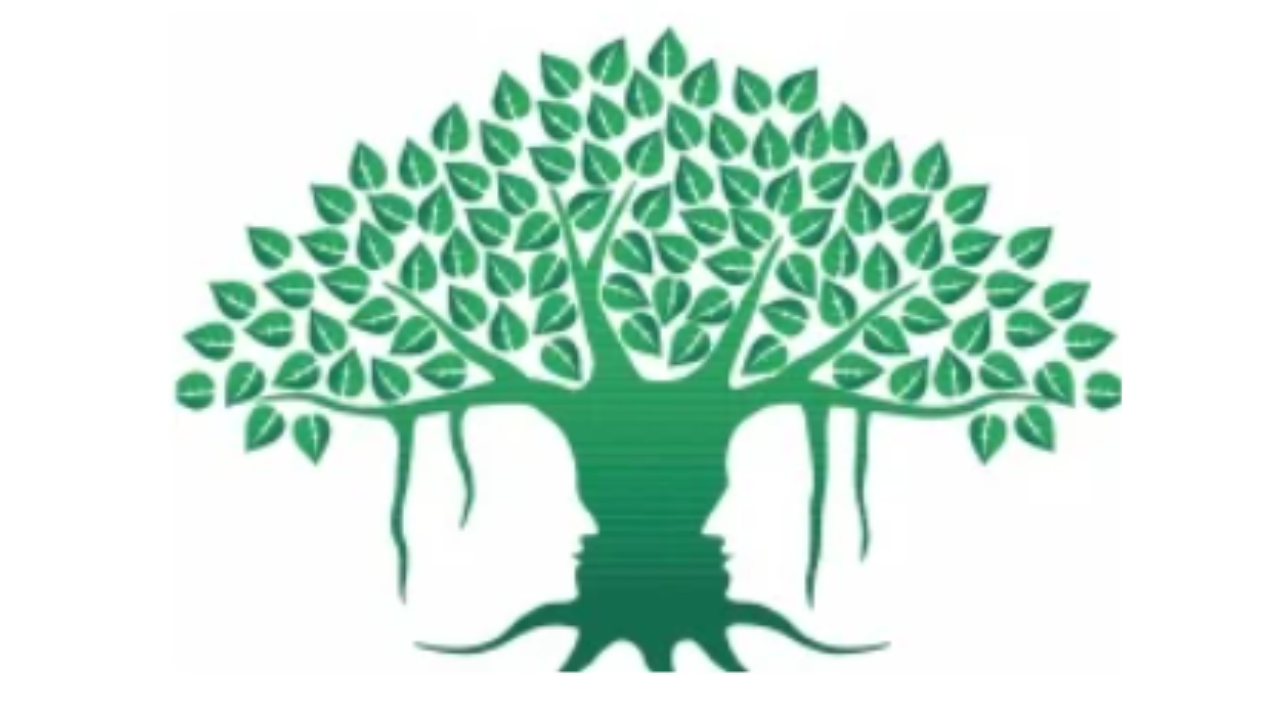
Worshipping Durga: The primordial energy
By B Purushartha
Durga Puja is a festival of joy, colour and triumph of good over evil. It consists of Navratri followed by Vijaydashami commemorating Durga’s triumph over Mahishasur.
Earliest images of Durga as Mahishasurmardini date to approximately 100CE and most significant earliest account is in the Devi Mahatmya of Markandeya Puran , in which Devi is born from the combined forces of gods to kill the buffalo demon. Therefore, many scholars thought that Durga is not Vedic. However, goddess worship is a living and evolving tradition rooted in India.
Early Vedic texts do not mention Durga, but they do refer to goddess Vaak. In hymns, Vaak appears as the force that holds together all existence; powers bow of Rudra; brings forth the sun; and breathes tempest. She expresses the idea of unity of universe pervading heaven and earth. She identifies herself with the universal soul and claims important position in governance of the universe.

She is the primeval energy, the real force, and the guiding feminine principle in the scheme of creation. She is the feminine counterpart of creating and annihilating God and no work could be accomplished without His innate shakti. Hymns of Rigved uttered by Vaak subsequently formed the basis of Shakta cult.
Devi worship is also linked to development of agriculture by women. The tradition of women carrying seeds from their home to sasural is one such living memory of this relationship. Kalash Sthapana in Durga Puja enacts the agriculture process. Barley seeds are sown around the Kalash , watered daily over nine days and its growth signifies abundance and prosperity. The goddess is not only Mahishasurmardini but Annapurana and Shakambhari too; it indicates her connection with agriculture.
In early days of agriculture, wild buffalo, being a big threat to crops, necessitated eliminating of risk by Mahishasurmardini. However, with domestication of buffalo, this enmity ends. In Devi Mahatmya, Shiv Puran and Vaman Puran, the buffalo demon is a straightforward enemy, but in later Purans, this relationship evolves, so much so that in the Kalika Puran, Mahisha is identified with Shiv. Satapath Brahman explains the evolution of agriculture through passing of sacrificial essence from animals to earth. When searched for by digging, it is found in the form of rice and barley.
Devi worship is also linked with non-Vedic indigenous traditions such as Sabarotsav. On Vijaydashami, devotees are encouraged to emulate behaviour of Shabaras. Kalika Puran prescribes Sabarotsav on the tenth day; an uninhibited celebration of joyful mud holi, singing provocative songs and exchanging playful banter.
The tribal elements can also be seen in names used for goddess such as Chamunda, Charchika, Maatangi, Vindhyavasini and in words used in nyas and Shidhkunjikastotram in Durga Saptshati.
Hinduism comprises Vedachar, Vedic rituals, and Lokachar , folk traditions. The goddess worship is an age-old tradition that emerged from lok and was synthesised by ved. Bhagwati Durga is not only the unity of gods’ forces but also the symbol of primordial energy running this world from anadi kal, beginningless time.
Disclaimer
Views expressed above are the author’s own.
END OF ARTICLE